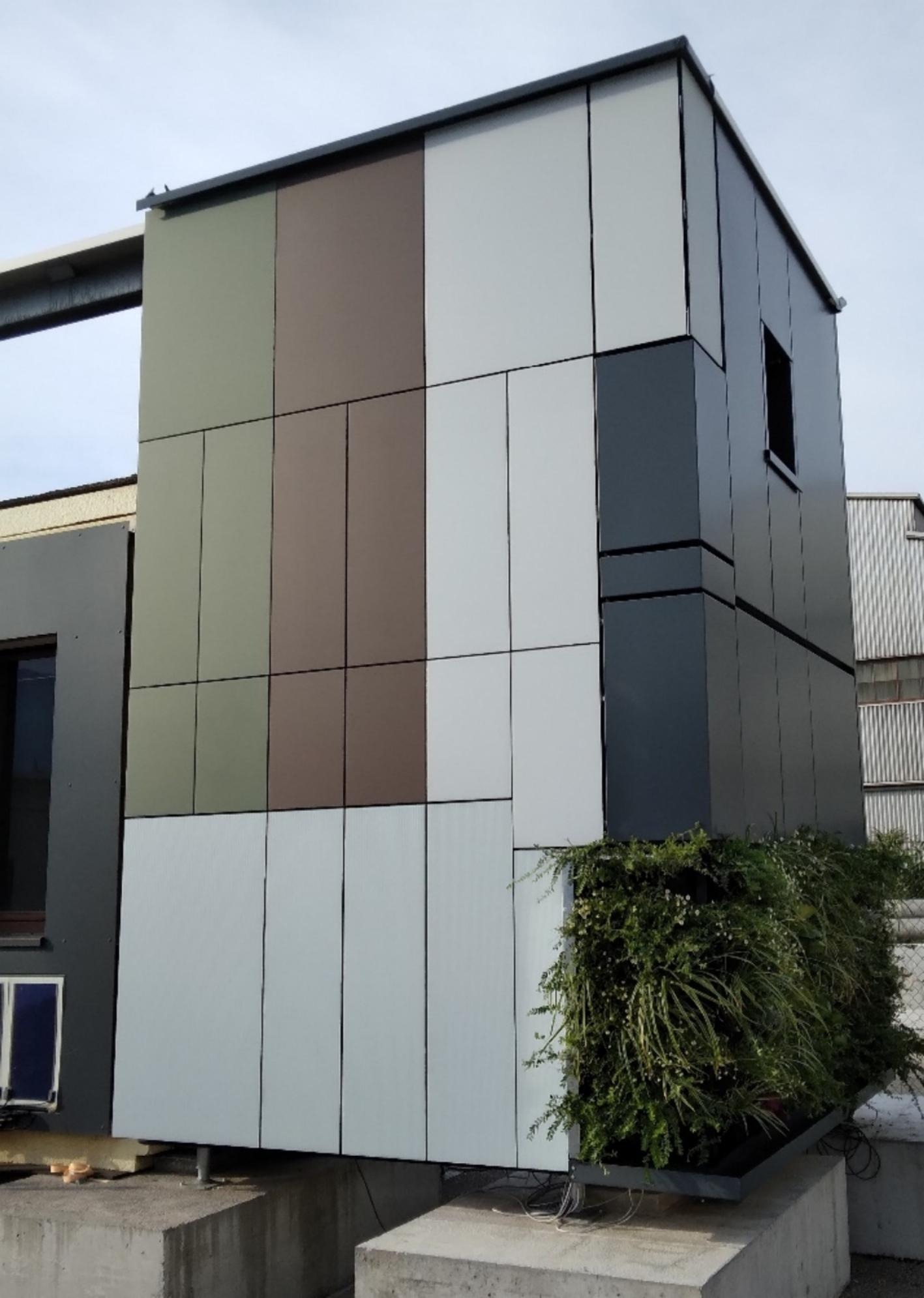
Balancing efficiency and aesthetics in solar energy-generating façades
Façades play a pivotal role to achieve the objectives of the European Green Deal, which aims for a drastic reduction in emissions by 2030 to reach climate neutrality – net zero greenhouse gas emissions – by 2050.
Equally important is the alignment with the principles of the New European Bauhaus, which integrates sustainability, inclusivity, and aesthetics within the built environment.
A strategic approach is the use of prefabricated modules to renovate building envelopes and enhance the energy efficiency of existing buildings. Also essential is the capability of these façades to produce energy through the integration of photovoltaic technologies within them, known as Building Integrated Photovoltaics (BIPV).
A recent study, entitled Experimental evaluation of the temperature related behaviour of pigment based coloured BIPV modules integrated in a ventilated façade, conducted within the INFINITE H2020 project, analysed the interplay between aesthetic factors and energy efficiency in rain-screen facades designed for building renovation that integrate BIPV modules.
Using a full-scale mock-up implemented at the PV Integration Lab of Eurac Research, the researchers investigated the correlation between energy efficiency and module colour under different conditions. The study shows that while darker colours tend to perform better under ideal lab conditions, they also exhibit higher operating temperatures. This extra heat affects their energy efficiency, meaning that the energy differences between colours observed in indoor tests largely disappear when the modules are exposed to real outdoor conditions.
These findings are expected to be highly valuable for the integration of BIPV in façades, as data of this kind were previously difficult to obtain.
An increased understanding of these modules’ performance in relation to aesthetic factors will streamline and inform the decision-making process among engineers, architects, designers, and policymakers in the retrofitting process.
Read more here
Photo credits: Eurac Research

